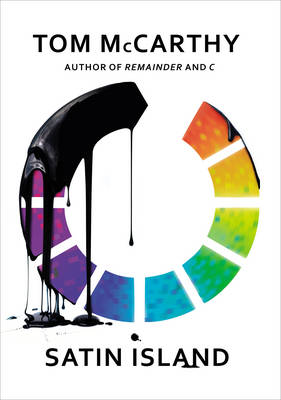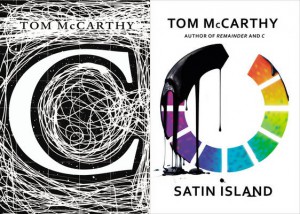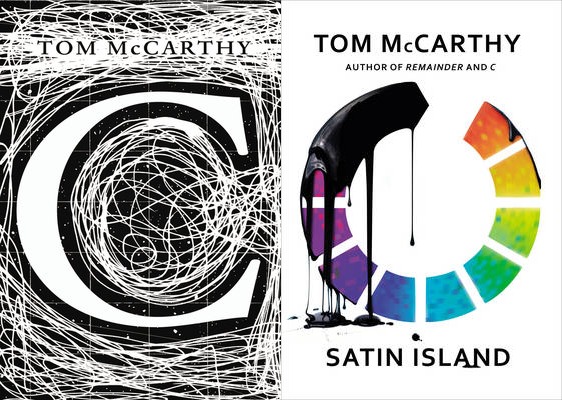Read the first post in this blog series on Satin Island here.
It’s one thing to read a novel that promises a revelation about the Secret of the World, and to wonder whether that revelation will actually arrive. It’s another thing when that novel is by Tom McCarthy, and you have even the slightest knowledge of the kind of writer he is. Then, you know that the promise is made with crossed fingers.
Which is to say: I never believed for one page of Satin Island that U. would actually complete his Great Report. Naturally, this affected my reading: I became more of a detached observer. It wasn’t about what U. uncovered, but about the ebb and flow of the network. And it’s not necessarily a voyage of discovery with the wind in one’s sails and the tang of salt on the air: rather, it’s the slow horror of skimming over a gleaming surface with no way to get beneath. As U. wonders at one point: maybe the Great Report on our age is in the process of being written in the algorithms of our online lives, and maybe only a computer could interpret it.
One of the most striking moments in Satin Island for me occurs when U. is visiting a hospital ward, and feels like shouting: “if you can’t save these people, at least clean the windows.” Sometimes when people talk about books, there’s an implicit opposition (one I don’t agree with) between the intellectual and emotional, with the intellectual being considered somehow insincere. A book like Satin Island might be seen that way, but I think the quotation just above shows that it’s really about different modes of expression. U. responds to the suffering he sees in the only way he can – the only way in which the book’s framework allows him: maybe the deeper problems of the world cannot be solved, but can’t we at least do this? It’s a flash of desperate anger – but, tellingly, U. cannot bring himself to say it out loud. The surface must not be disturbed, which is perhaps the darkest thought of all.
Book details (Foyles affiliate link)
Satin Island (2015) by Tom McCarthy, Jonathan Cape hardback



Recent Comments